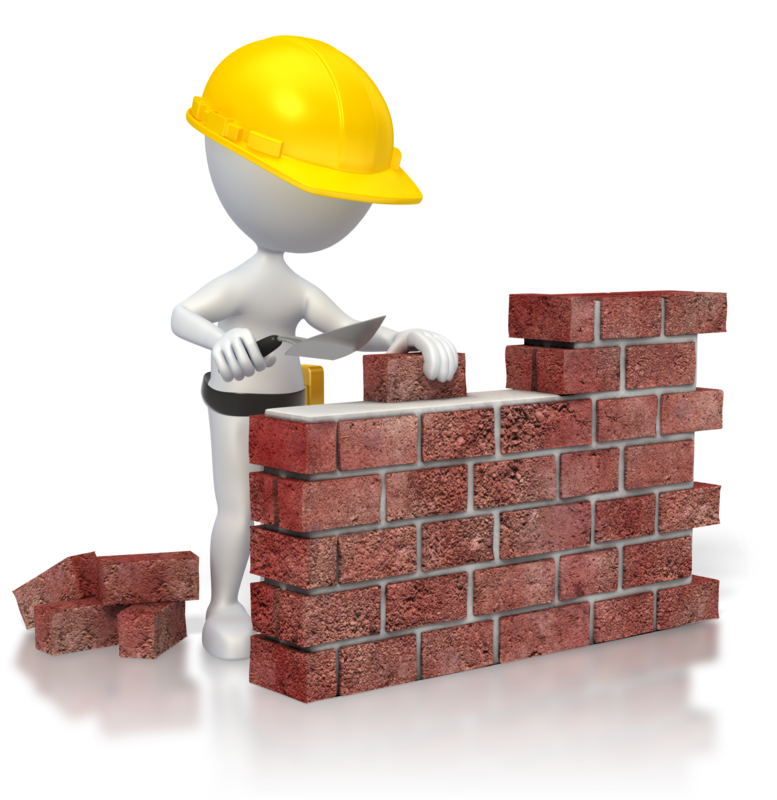Get the PLM Governance Right
Posted by Greg Letendre on Mon, May 07, 2020 @ 12:30 PM

I’ve had the opportunity to manage a large number of projects over the years from very large to very small and I have often found that the main challenges related to successful enterprise solution delivery are usually not technical. Yes technical obstacles will exist, will need to be overcome and engineering tradeoffs made. But in my experience the major roadblocks to enterprise implementations stem from improper governance, issues related to management of change (by that I mean organizational acceptance and understanding of value) and strategic investment shifts.
This post focuses on getting the correct governance in place and making it real. At Integware we define governance as the mechanism to ensure alignment between strategic business direction and the required outcomes over the life of a PLM implementation. It is a combination of individuals filling executive and management roles, oversight functions organized into structures as well as policies that define management principles and decision making. The combination of people, roles and policies provide direction and oversight to guide the implementation to a successful conclusion.
One of the first things we do when we launch a project with a client is work closely with them to clearly define governance. We usually start with sharing some best practice governance models that we’ve seen used successfully like the one below, and then tune it to fit the project/program/organizational dynamics at play in the their organization.
Recommended Governance Structure for PLM Implementation
I don’t want to bog down this post with too much detail on each of these areas, but if you have questions or comments post a reply here and I’ll dive a little deeper.
Drawing some boxes and connecting lines in a graphic is one thing but making the model real in your organization is another. Realize that fact and take the time to have the necessary conversations to ensure roles and responsibilities are understood and embraced.
One of the best examples I’ve seen of making governance real occurred in a very large enterprise deployment with one of our clients a few years ago. This client had defined a drawing similar to the one above, but the real test came when things started going badly. It was a very large deployment with the goal of implementing a single corporate system for multiple individual lines-of-business. We were leading the process alignment discussions and it became clear to us that the individual businesses were digging their heels in, clinging to existing processes rather than taking the best practices from each of the divisions to build a better overall enterprise process.
Integrity is paramount for us as a corporate value, we flagged this issue early, escalated it using the agreed upon governance processes and informed our client that they would be wasting their money to continue with the program if this behavior continued.
To their credit, this client hit the pause button on the program and re-wrote employee goals & objectives from the top down to define and reward the enterprise-wide behavior needed. Once line-of-business management teams understood that their job ratings/performance were dependent upon harmonization with other business units, and that the intended result was one in which the best practices of each line-of-business was embraced, the process definitions necessary for successful implementation were achieved and the enterprise deployment was then able to be successful. This organization made governance real: the program went from “stuck” to being successful when the executive team were brought an escalation and had the courage to make the necessary adjustments.
Take the time to define and implement a realistic governance model for your project. Make sure everyone understands and embraces their roles and responsibilities, and make the governance model real by taking courageous principled action to act on issues that arise.
Greg Letendre, Project Manager
